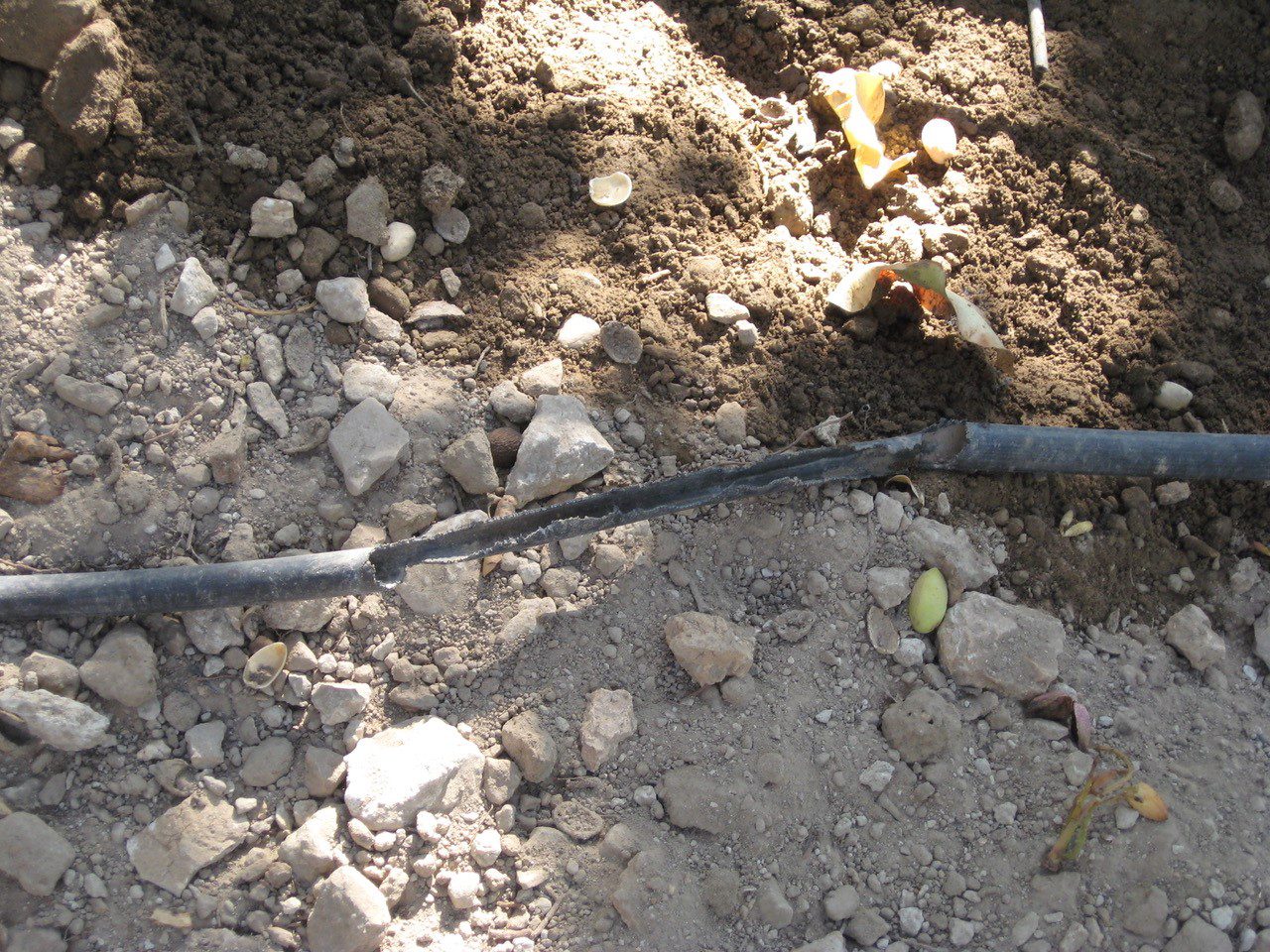
Understanding the biology and ecology of vertebrate pests will guide management decisions.
In a UC IPM webinar, Dr. Niamh Quinn, UCCE Human-Wildlife Interactions Advisor at the South Coast Research and Education Center, noted that the ground squirrel and Belted ground squirrel were the two main squirrel species in California that were pests in agriculture including tree nut crops.
The ground squirrel was likely to be the more prevalent of the two in Central California where it not only eats tree nuts, but also girdles trees, chews irrigation lines and creates problems with burrows in orchards. Knowing which species is affecting your orchard is important, Quinn said, as it makes a difference with management options.
Quinn said an integrated approach to control will be the most successful as a range of strategies and tools may have more of an impact on squirrel populations.
Seasonal changes in squirrel behavior should be taken into consideration when choosing control options.
Ground squirrels’ diet in the early part of the year consists of green plants and then transitions to seeds in mid-May. Fumigation as a control measure works when soils are moist, while toxic baits are best used from May to October. Other squirrel control measures, including trapping, burrow modification, shooting, habitat modification, biocontrol, exclusion and repellants are listed as having moderate to low efficacy.
The two commonly used rodenticides in agriculture are restricted-use and require multiple feedings to reduce squirrel populations. Failure to use the baits as directed, Quinn said, can cause chemical resistance, meaning the squirrels will eat the bait and not die. Behavioral resistance and bait shyness can also occur when baits are not used as directed.
Quinn said research done by Roger Baldwin at UC Davis has shown low toxicity risk as the majority of ground squirrels that are poisoned with the toxic baits remain underground where they cannot be scavenged.
The acute toxicant, zinc phosphide is also very effective in control, but is a restricted use material. Aluminum phosphide has a 97% to 100% efficiency but is also a restricted use material and can only be used in orchards or fields.

Cecilia Parsons
Cecilia Parsons has spent the past 30 years covering agriculture in California for a variety of newspapers, magazines and organizations. During that time she has been fortunate to witness some of the important events that have shaped this diverse industry and worked hard to examine and explain these events for readers.
When Cecilia first moved to the San Joaquin Valley in 1976, her first journalism job was at a small daily newspaper where she covered “farm news.” From there she branched out to writing for a dairy magazine and a regional weekly agriculture publication.
Cecilia is part of a farming family from the rural community of Ducor where she also raises purebred sheep and is attempting to master versatility ranch horse riding.










